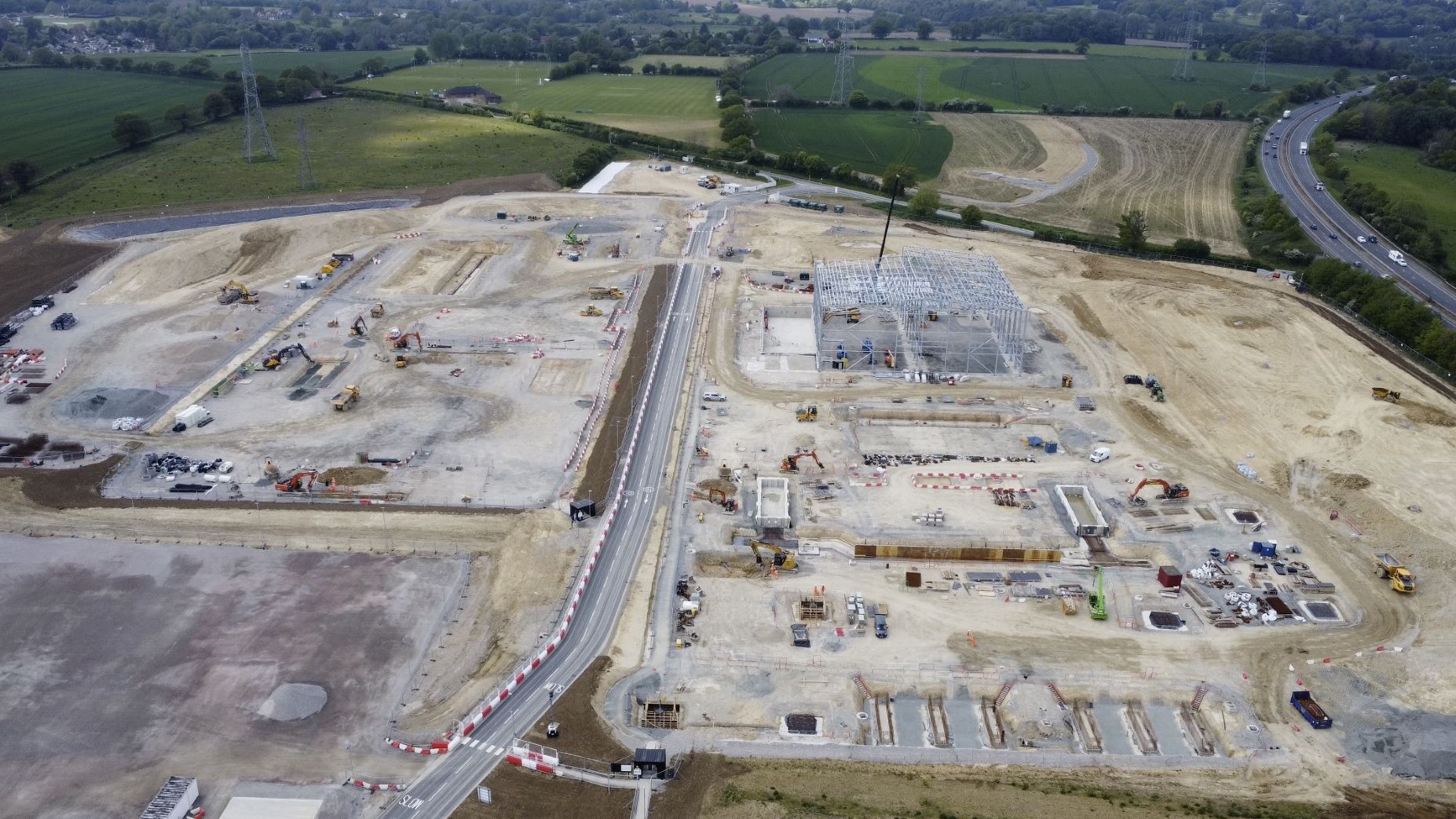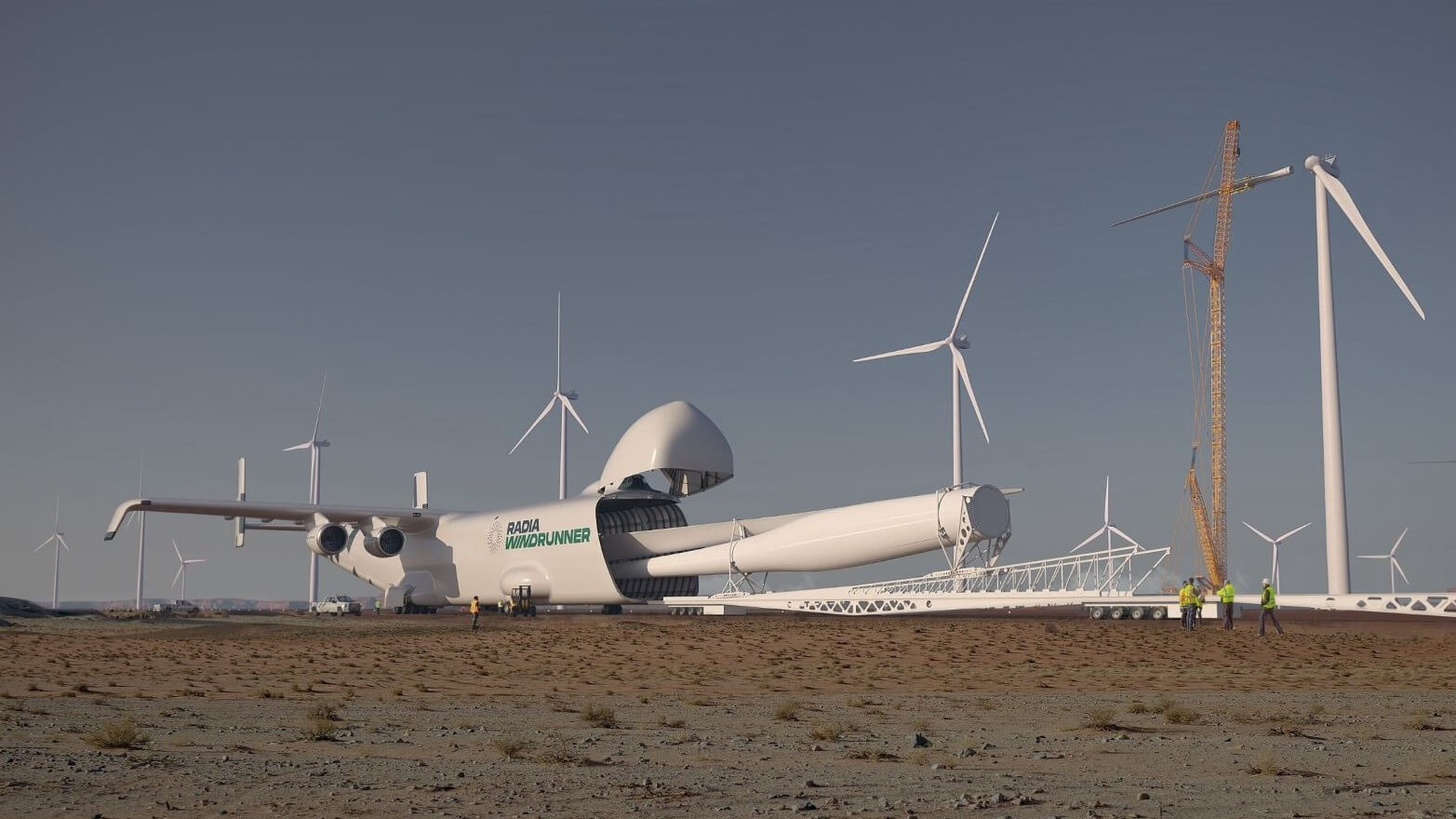UPDATED 1 Sept: The EI library in London is temporarily closed to the public, as a precautionary measure in light of the ongoing COVID-19 situation. The Knowledge Service will still be answering email queries via email , or via live chats during working hours (09:15-17:00 GMT). Our e-library is always open for members here: eLibrary , for full-text access to over 200 e-books and millions of articles. Thank you for your patience.
New Energy World™
New Energy World™ embraces the whole energy industry as it connects and converges to address the decarbonisation challenge. It covers progress being made across the industry, from the dynamics under way to reduce emissions in oil and gas, through improvements to the efficiency of energy conversion and use, to cutting-edge initiatives in renewable and low-carbon technologies.
First power from UK’s Viking wind farm, and other new initiatives
19/6/2024
News
The first power has been produced at the Viking onshore wind farm on Shetland, as the North Sea archipelago gears up to be fully connected to Great Britain’s electricity transmission grid for the first time. Further south, Ørsted has unveiled plans to build a BESS co-located with the Hornsea 3 offshore wind farm’s onshore converter station, among other news.
Shetland, some 170 km from the coast of Scotland, is gearing up to be fully connected to Great Britain’s electricity transmission grid for the first time. The 260 km Shetland high voltage direct current (HVDC) subsea cable project, delivered by SSEN Transmission, is approaching full energisation later this summer.
The 443 MW Viking wind farm, a separate project of 103 Vestas turbines, will be capable of generating around 1.8 TWh of renewable electricity annually once fully operational later this summer. Operator SSE Renewables claims this will make Viking the UK’s most productive onshore wind farm in terms of annual electricity output.
Alongside progress with the Shetland HVDC link project, work is continuing to connect Shetland’s existing electricity distribution network to the transmission network, connecting Shetland’s homes and businesses to Great Britain’s grid for the first time via a new grid supply point being constructed at Gremista. The Kergord-Gremista 132 kV overhead lines and underground cable circuits are currently being installed and are scheduled for completion in 2025, when they will connect the HVDC link to the new Gremista grid supply point.
Ørsted to build BESS co-located with Hornsea 3 offshore wind farm
Meanwhile, Ørsted has announced plans to build a battery energy storage system (BESS) co-located at the onshore converter station for the Hornsea 3 offshore wind farm, which will help provide stability to the UK energy supply and reduce price volatility.
The storage system in Swardeston, near Norwich, Norfolk, will have a capacity of 600 MWh (and a 300 MW power rating). Once operational by the end of 2026, it will be one of the largest BESSs in Europe.
Ørsted currently has a total of 360 MW (1,250 MWh) of other storage projects in operation or under construction in the UK and US.
 Ørsted’s battery energy storage system co-located at the onshore converter station for the Hornsea 3 offshore wind farm, will be one of the largest BESSs in Europe when it comes online in late 2026
Ørsted’s battery energy storage system co-located at the onshore converter station for the Hornsea 3 offshore wind farm, will be one of the largest BESSs in Europe when it comes online in late 2026
Photo: Ørsted
Marubeni secures government backing for floating wind demonstrator offshore Japan
Looking further afield, Marubeni reports that the 30 MW Southern Akita floating offshore wind demonstration project has secured support from the Japanese government, under the Ministry of Economy, Trade and Industry’s New Energy and Industrial Technology Development Organisation’s (NEDO) Green Innovation Fund Project.
To be built in water depths of 400 metres off the southern coast of Akita Prefecture, the project’s two 15 MW wind turbines are expected to enter commercial operation in autumn 2029.
The project consortium includes Marubeni Offshore Wind Development (MOWD; project lead), Akita Floating Offshore Wind and Tohoku Electric Power.
Marubeni Group has been participating in demonstration projects for floating offshore wind in Fukushima and Kitakyushu, and in 2022, secured seabed leasing rights in Scotland for the development of a floating wind project.
US wind turbine blade recycling project
In other news, Iberdrola, through its US company Avangrid, is collaborating with start-up company WindLoop to test an innovative process for recycling wind turbine blades in the US. The company has donated 130 kg of decommissioned blades from the Baffin, Texas, wind farm.
Created by Yale University students, WindLoop’s mission is to build a circular economy for the wind industry by recycling wind turbine components.
Wind turbine blade recycling has long been a challenge in the industry due to the high costs associated with transporting blades and difficulty of extracting blade materials – including glass fibre and epoxy resin – so they can be reused. However, WindLoop claims that its onsite blade shredder, which significantly reduces transport costs from the wind farm to recycling facility, and an innovative process using green chemistry principles to separate the fibres and resin in blades, can recover over 90% of turbine blade material and 97% of the overall value of the turbine blades.
World’s largest aircraft to carry the world’s largest wind turbine blades

CGI rendering of the WindRunner unloading a wind turbine blade at an onshore wind farm
Photo: Radia
Colorado, US-based Radia is designing and plans to operate the world’s largest aircraft, that will ‘enable the deployment of the largest and best-performing wind turbines of the present and future to locations currently inaccessible to wind energy at a scale and speed that was previously impossible’.
The proposed WindRunner aircraft would measure 356 feet long, 100 feet longer than a Boeing 747 jumbo jet, and offer a volume 12 times that of a 747. Furthermore, the aircraft would require a short, 6,000-foot long semi-prepared dirt or gravel landing strip at a wind farm to deliver its payload, and it will also be able to land at almost any commercial airport around the world.
‘Offshore turbines are more than two times as powerful as onshore turbines because they are bigger,’ explains CEO Mark Lundstrom. ‘If we could move these large turbines onshore, they would be twice as profitable and open up three times more land for economically viable wind farms’
‘GigaWind – the largest land-based turbines today and the even larger ones of the future – will allow us to reduce cost and increase generation consistency, resulting in as much as a 35% cost reduction, which in turn will help the world to meet its decarbonisation targets,’ he concludes.
